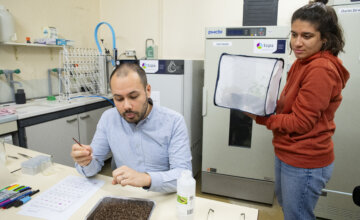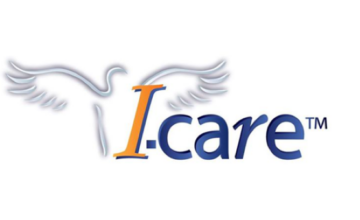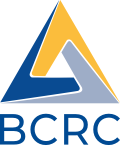Nouvelles de l'université

InternationalRecherche
Lancement d'un projet visant à lutter contre les problèmes d'approvisionnement en eau aux Philippines
20 décembre 2024
Le projet CarAqCol vient de débuter officiellement sur l’île de Cebu aux Philippines, pour une durée de cinq ans. Financée par le volet coopér…

InternationalPartenariatsRecherche
Lancement du projet Trans-Pest à l’UMONS pour innover dans les alternatives aux pesticides en France e…
06 décembre 2024
Dans le cadre du projet Interreg Biocontrol 4.0, plusieurs universités wallonnes, françaises et flamandes se sont associées afin de trouver de…

PartenariatsRecherche
L’UMONS et I-Care s’associent pour lancer une ambitieuse Chaire de recherche consacrée à la médecine p…
28 novembre 2024
L’UMONS et l’entreprise montoise I-Care, leader mondial de la maintenance prédictive et prescriptive, ont paraphé ce jeudi 28 novembre 2024 la…
L'UMONS en quelques données clés
-
2000Enseignants, Scientifiques, Chercheurs et agents techniques et administratifsL’UMONS en bref
-
11.000Etudiants7 Facultés et 3 Ecoles
-
1000Chercheurs10 Instituts de Recherche
-
> 150Formations universitaires du Bachelier au DoctoratL'offre de formations
Bien + qu'une
Université

Agenda & événements
Aujourd'hui
- 26 avr. 2023
- 07 oct. 2023
Explorer l’Invisible – 3e édition
Exposition - 16 sept. 2024
Formation Interprète et médiateur·rice de services publics - Niveau 2 - 2024-2025
Colloques & séminaires - 30 sept. 2024
- 23 oct. 2024
Bientôt
- 31 janv. 2025
Défense publique de thèse de Doctorat de Monsieur Hadrien FASSEAUX
Défenses de thèse - 04 févr. 2025
Défense publique de thèse de Doctorat de Madame Thuy-Hai NGUYEN
Défenses de thèse - 24 févr. 2025
Cours ouverts
RDV Rhétos - 22 mai 2025
CIRP CMMO 2025
Colloques & séminaires - 22 mai 2025
CIRP CMMO 2025
Colloques & séminaires







